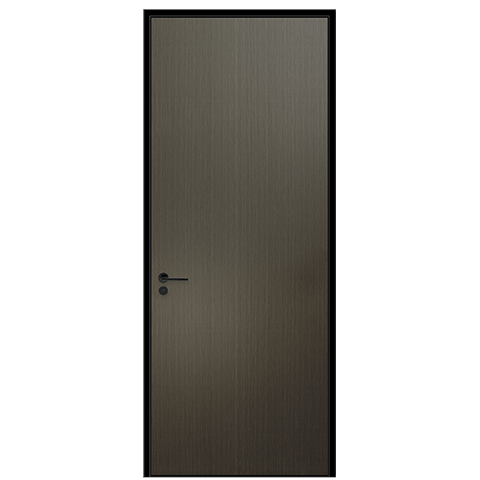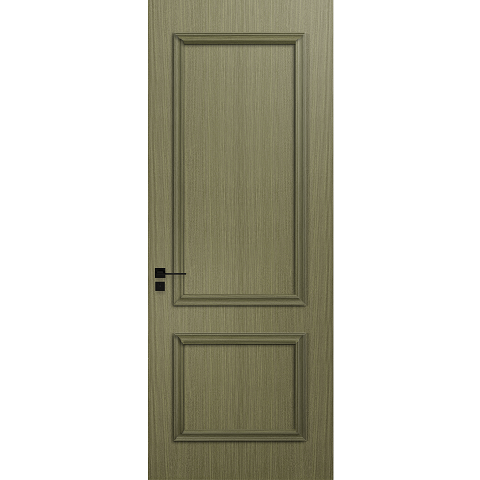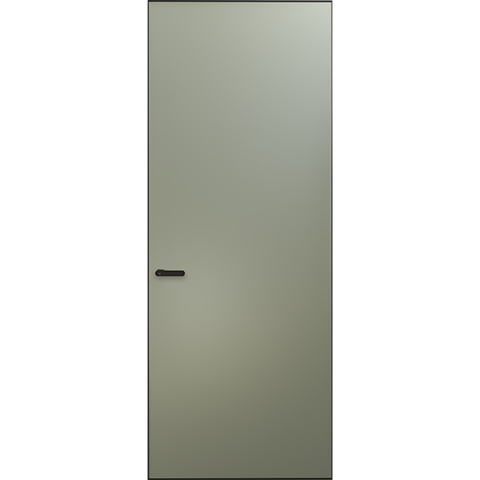Exploring the Diverse Applications of Aluminum Profiles in the Construction Industry
One of the key advantages of aluminum profiles as a building material is their lightweight nature. Compared to traditional steel, aluminum profiles are significantly lighter, making them easier to transport and install. This also means reduced loads and pressures during the construction process, resulting in lower construction costs. The lightweight characteristic of aluminum profiles also makes them ideal for large-scale and high-rise buildings, as they provide strength and stability while minimizing the building’s own weight.
Aluminum profiles play a vital role in building façade design. By using aluminum profiles, designers can achieve seamless appearances and incorporate various shapes and details, creating distinctive architectural styles. Aluminum profiles can be shaped and sized through processes such as stamping, bending, and cutting, allowing for creative and personalized building exteriors. Additionally, aluminum profiles exhibit excellent weather resistance and corrosion resistance, maintaining their aesthetic appeal and quality under different weather conditions.
In addition to façades, aluminum profiles are widely used in roofing structures. The lightweight nature of aluminum profiles makes them an ideal choice for constructing large-span and curved roofs. By utilizing aluminum profiles, designers can achieve higher design flexibility, creating dynamic and visually appealing rooflines. Moreover, aluminum profiles demonstrate good corrosion resistance and UV resistance, effectively addressing challenges posed by diverse climate conditions.
Within the realm of interior design, aluminum profiles also play a significant role. They can be used to create partition walls, ceilings, stair handrails, and furniture, among others. The malleability of aluminum profiles allows designers to achieve various shapes and curves, injecting unique styles and aesthetics into interior spaces. Additionally, aluminum profiles offer durability and easy maintenance, meeting the demands of interior environments.
In conclusion, aluminum profiles, with their lightweight, strength, and versatility, have a wide range of applications in the construction industry. Their diversity and advantages allow designers to achieve creative appearances and unique architectural styles. Whether in building façades, roofing structures, or interior design, aluminum profiles demonstrate their significance, providing lasting appeal and distinct charm to construction projects.
 Hot Recommendation
Hot Recommendation
 Latest Products
Latest Products



